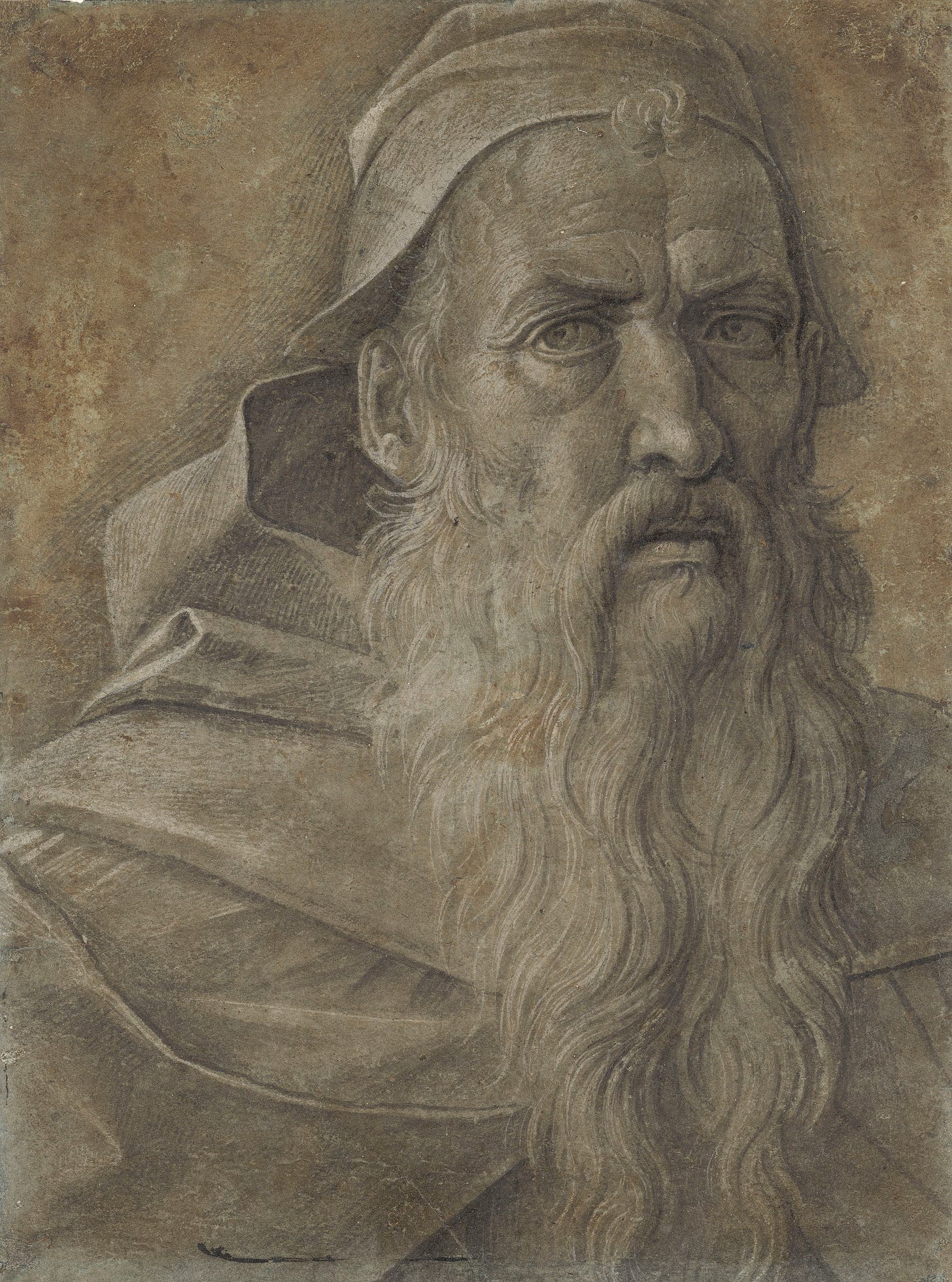The intimacy and immediacy of Renaissance drawing
The Royal Collection dips into its vast treasure trove of Italian art for a fabulous new exhibition
The artistic vitality of the Renaissance masters owes much to Johannes Gutenberg’s printing press. Before the 1450s, paper was precious and drawing was a limited tool in medieval workshops. Then, as demand for book printing soared, so did the supply of paper for artists. …
Keep reading with a 7-day free trial
Subscribe to WRITE ROYALTY by Patricia Treble to keep reading this post and get 7 days of free access to the full post archives.




